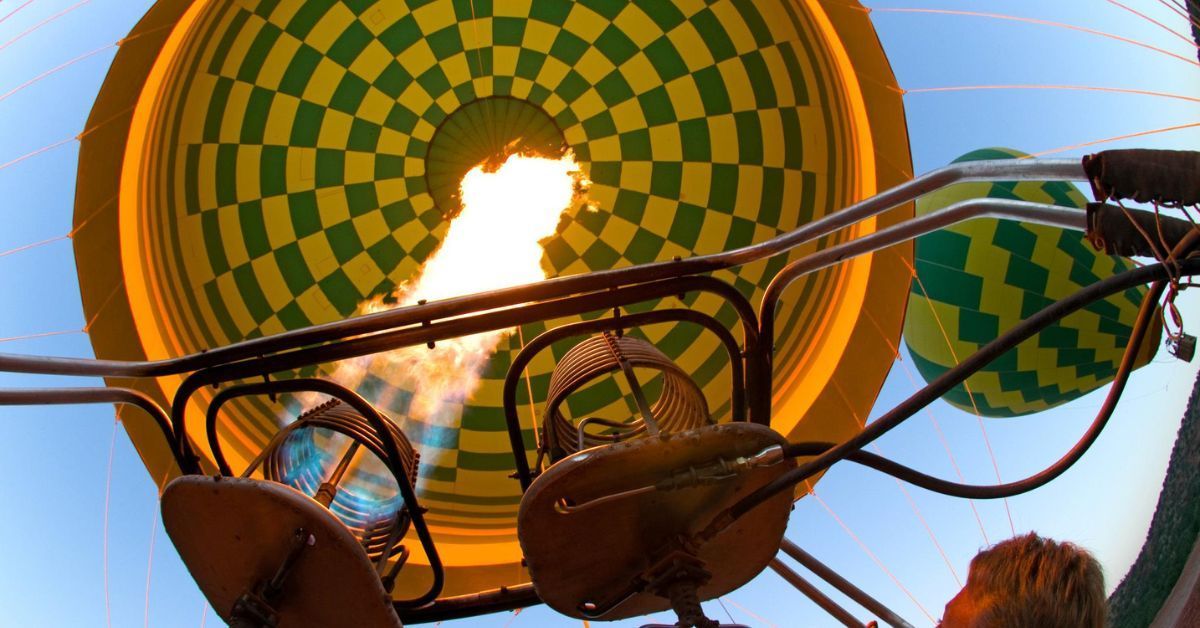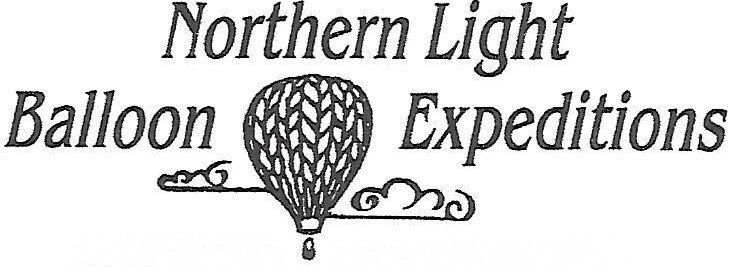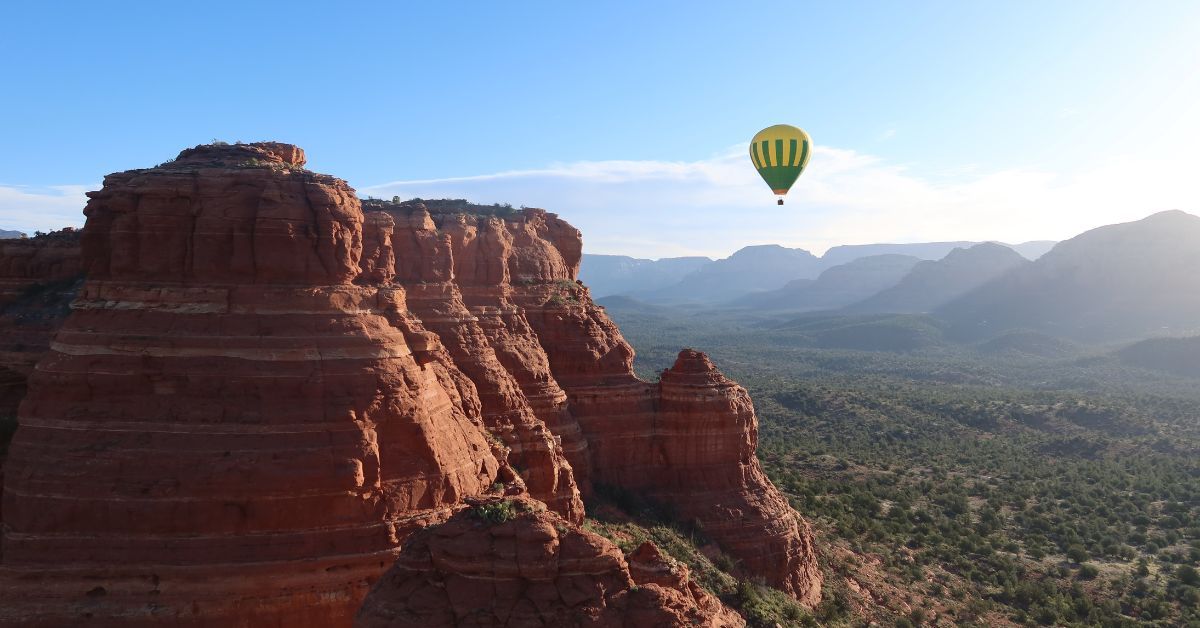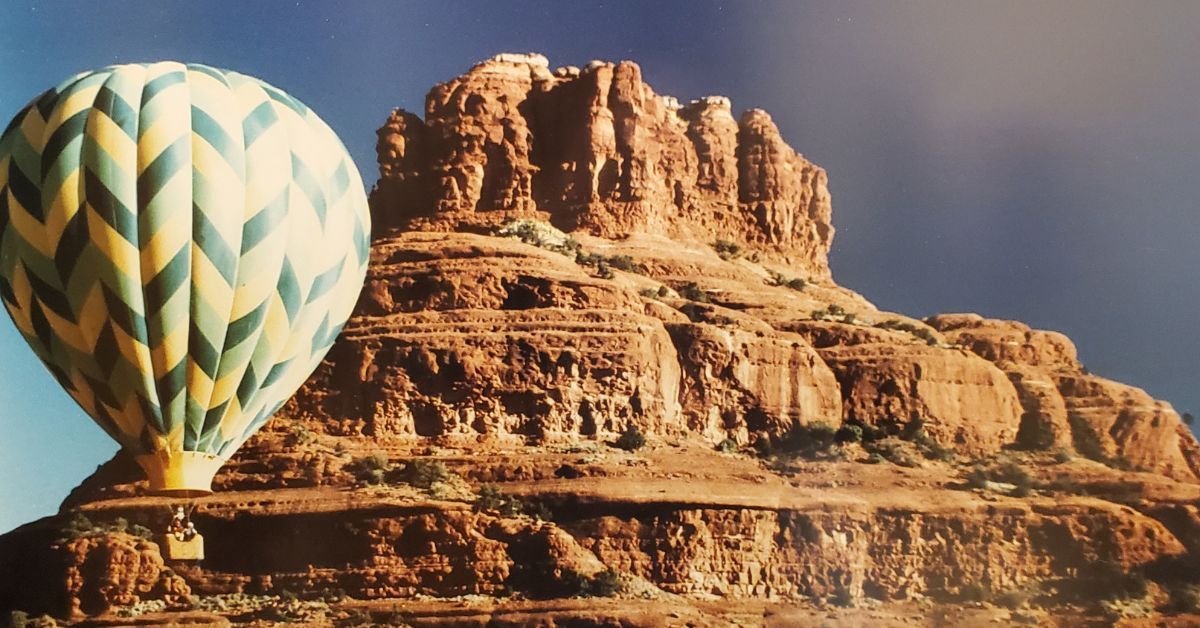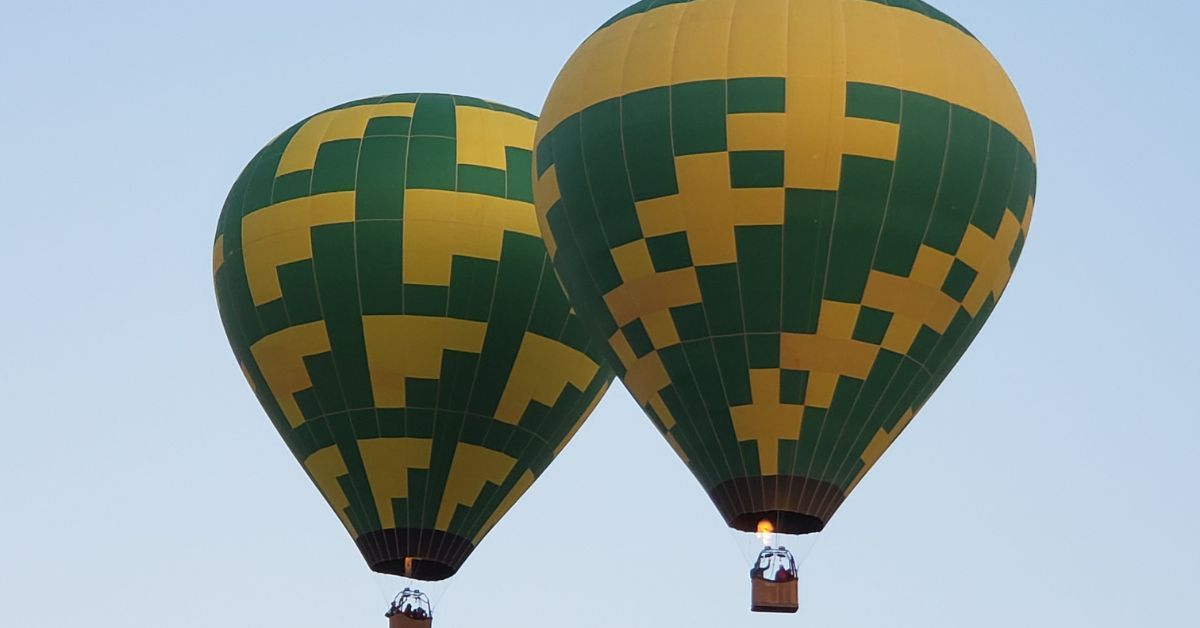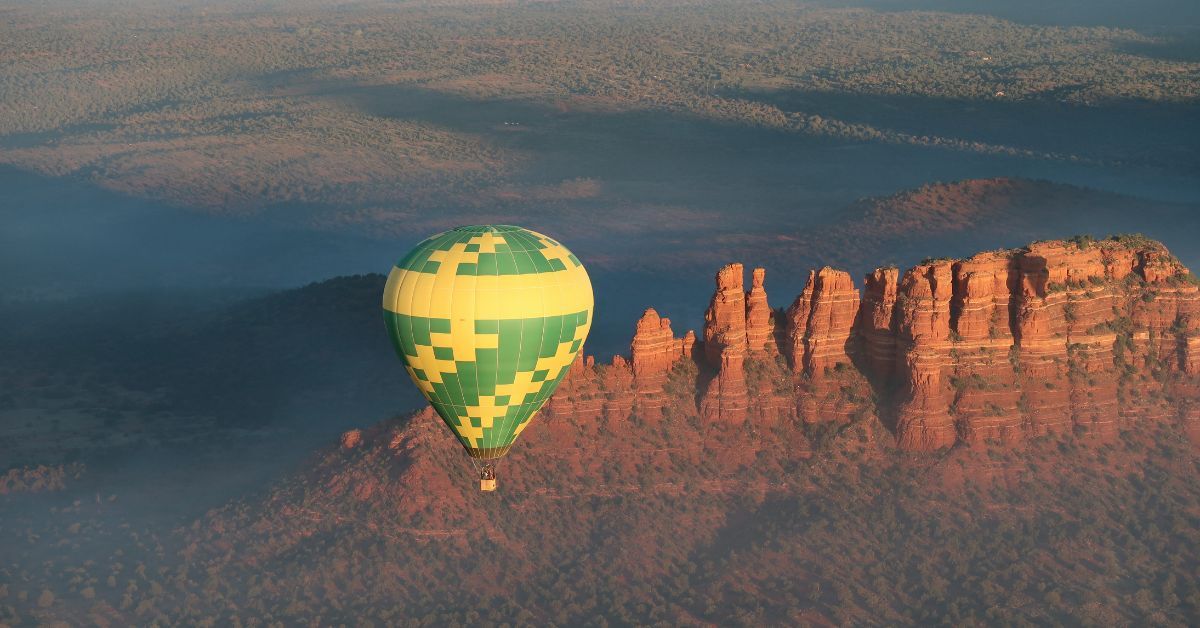How Wind Patterns Affect the Direction of Hot Air Balloons
Welcome to the skies of Sedona! There’s a special kind of thrill in watching the world unfold beneath you. A hot air balloon adventure is an experience unlike any other. It offers a unique perspective of Arizona’s stunning beauty.
Many of our guests at Northern Light Balloon Expeditions ask how we navigate these graceful giants. The answer is both simple and complex: we follow the wind. We’ll explain how wind patterns affect the direction of hot air balloons.
Hot air balloons have no built-in steering mechanism like an airplane or a boat. We don’t have rudders, sails, or propellers. Instead, our pilots masterfully use the wind to guide the balloon.
Mother Nature is truly in charge of our journey. Our pilots, with their extensive experience flying over Sedona, become partners with the wind. They understand its nuances to give you a breathtaking flight.
The Basics of Balloon Flight
The science behind balloon flight is straightforward: when air is heated, it becomes lighter than the surrounding cooler air and begins to rise. Our powerful burners heat the air inside the balloon’s envelope, the large fabric part you see. This heated air lifts the basket and its passengers off the ground. To descend, the pilot allows the air inside the envelope to cool or releases hot air through a vent at the top of the balloon.
Piloting a balloon is an art form. It requires a deep understanding of meteorology and the local environment. Our pilots at Northern Light Balloon Expeditions have been navigating these skies since 1974. We are a family-owned business with an unmatched safety record in Arizona.
This experience allows us to interpret the winds and create an unforgettable journey for you. The flight path is never the same twice, making every single trip a unique adventure.
Understanding Wind Layers
The sky is not a single, uniform mass of air. It is composed of multiple layers of air, each potentially moving in a different direction and at a varying speed. These layers are the invisible roads that our pilots use to navigate. Close to the ground, the wind might be blowing gently. A few hundred feet higher, it could be moving more quickly in an opposite direction.
Our pilots skillfully ascend and descend through these layers to change the balloon’s direction. By heating the air inside the envelope to rise or letting it cool to sink, they can catch the desired current.
This technique is often referred to as “stair-stepping.” Watching a seasoned pilot work with these invisible forces is a fascinating part of the experience.
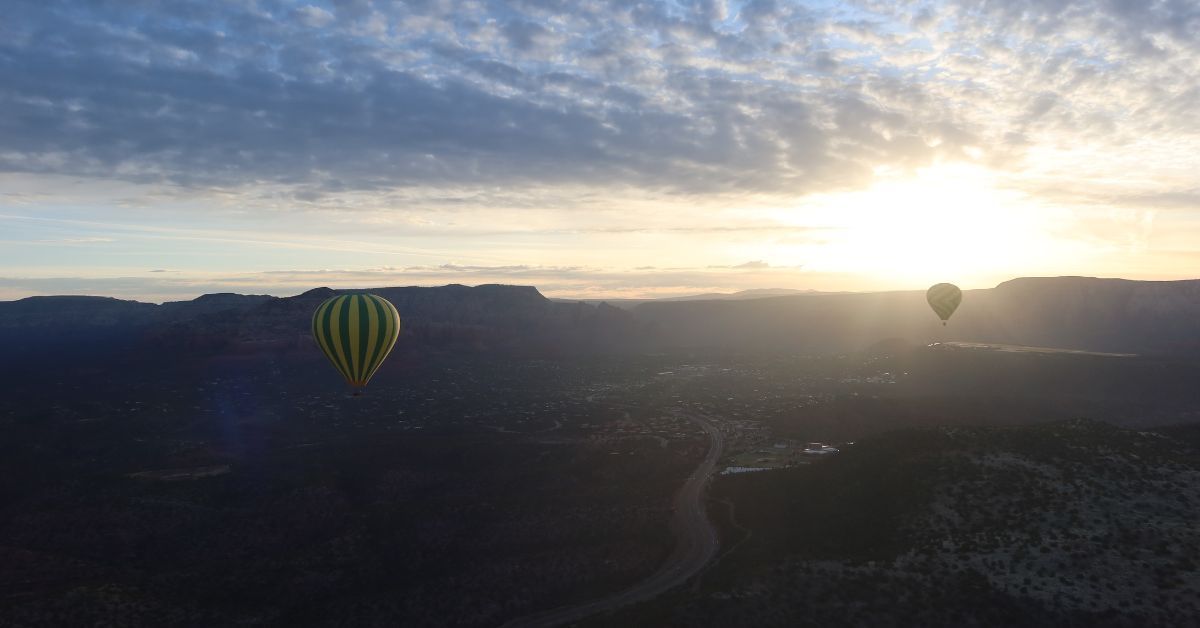
The Box Effect and Directional Control
Pilots often look for a phenomenon known as the “box effect.” This occurs when wind layers at different altitudes are moving in opposite directions. For instance, lower-level winds might be heading west, while higher-level winds are heading east.
By navigating between these two layers, a pilot can essentially steer the balloon in a rectangular or box-shaped pattern. This allows the pilot to potentially return to a location close to the original launch area.
This effect is a perfect example of how pilots use their knowledge to work in harmony with nature. Northern Light Balloon Expeditions pilots are experts at finding and using these wind patterns for optimal Sedona balloon rides. Their ability to read the atmosphere provides you with a smooth and awe-inspiring flight over the magnificent red rock area.
How Local Geography Influences Wind
Sedona’s unique landscape of canyons, mesas, and monoliths plays a crucial role in shaping local wind patterns. This is where the local expertise of our pilots becomes invaluable. The sun heats the red rocks at different rates, creating localized breezes and thermal updrafts.
Drainage Winds
In the early morning, as the ground cools overnight, the cooler, denser air near the surface begins to flow downhill. These are called drainage winds.
These winds are typically light and predictable, which is why most balloon flights, including ours at Northern Light Balloon Expeditions, take off shortly after sunrise. This calm, stable air provides the perfect conditions for a gentle launch and a peaceful flight. We launch from the Coconino National Forest, offering you an immediate immersion into the area’s natural splendor.
Valley and Mountain Breezes
As the day progresses and the sun warms the land, this pattern reverses. The air on the sun-facing slopes of the mountains and mesas warms up faster than the air in the valleys. This warmer air rises, creating an upslope valley breeze.
Understanding these daily wind cycles is fundamental to safe ballooning. Our pilots’ decades of experience in Sedona mean they can anticipate these changes and plan the flight path accordingly, always prioritizing your safety and enjoyment.
The Role of a Ground Crew
A hot air balloon adventure is a team effort. While the pilot and passengers are enjoying the views from above, our dedicated ground crew follows on the ground. Since the balloon travels with the wind, its landing spot is not predetermined. The ground crew’s job is to track the balloon’s flight path and be ready at the landing site.
Our crew maintains regular radio contact with the pilot. This communication is essential for a smooth and efficient recovery after the flight. Once the balloon lands safely, our team is there to help pack up the envelope and basket.
After the flight, our balloon groups come together where we celebrate the journey with a traditional post-flight champagne toast! This seamless coordination is part of the professional and welcoming service we provide at Northern Light Balloon Expeditions.
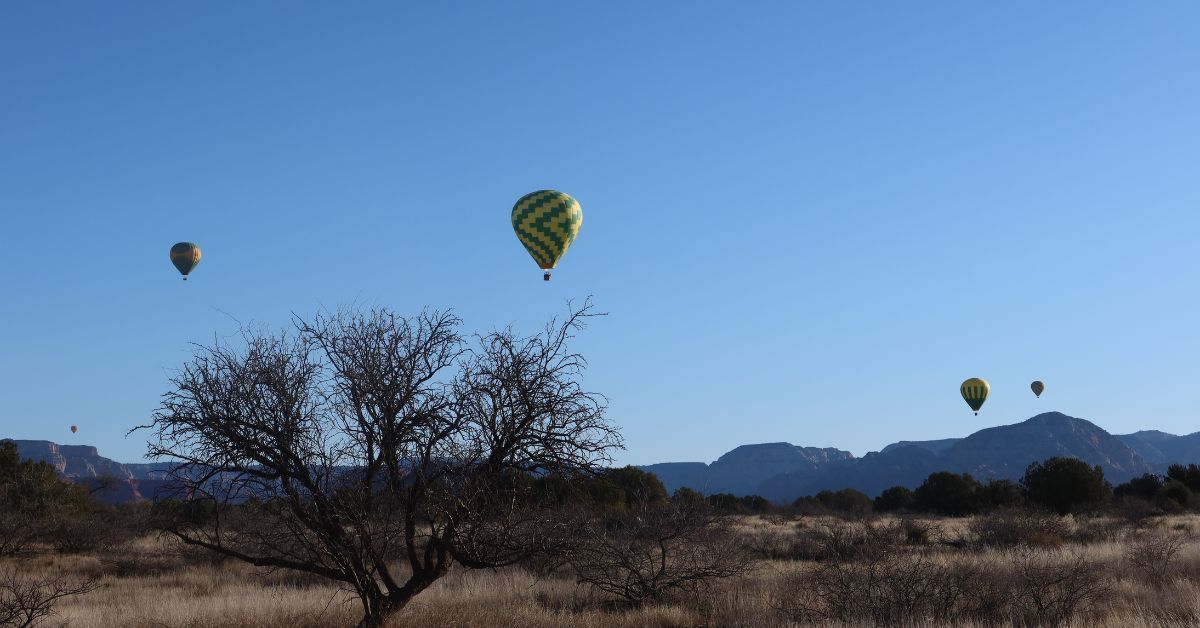
Safety Is Always Our First Priority
Your safety is the foundation of every decision we make. We hold the longest flying record of any balloon company in Arizona, and we take pride in our excellent safety record. Our pilots are FAA-certified and have thousands of hours of flight experience, much of which is gained right here in Sedona.
Before every single flight, our pilots conduct a thorough weather check. They analyze wind speed and direction at various altitudes, check for any potential weather disturbances, and make a final decision whether to proceed or not.
If the conditions are not safe, we will not fly. We would rather reschedule your adventure for a better day than take any chances. This commitment to safety ensures you can relax and fully immerse yourself in the magic of floating above Sedona.
The journey of a hot air balloon is a beautiful dance with the elements. It’s a testament to the skill of the pilot and the power of nature.
By understanding and respecting the currents of the air, we can turn a simple flight into an unforgettable expedition. We hope you have a clearer understanding of how wind patterns influence the direction of hot air balloons. We invite you to experience this magic for yourself with Northern Light Balloon Expeditions, where every flight is a unique story written by the wind.
